Defi Project

How do DeFi tokens work ?
Decentralized Finance (DeFi) tokens are digital assets operating on blockchain technology, designed to facilitate financial transactions without intermediaries. These tokens can represent various assets like currencies, commodities, and cryptocurrencies. Key features of DeFi tokens include decentralization, smart contracts, and interoperability. They work through token issuance, utility within their respective projects or platforms, and governance mechanisms allowing holders to vote on important decisions related to the project's development. Benefits of DeFi tokens include accessibility, transparency, and innovation in financial products and services.

Are there any risks associated with investing in DeFi ?
Investing in DeFi comes with risks such as smart contract vulnerabilities, impermanent loss, regulatory uncertainty, and lack of transparency. It is important for investors to carefully evaluate these risks before investing in any DeFi project.
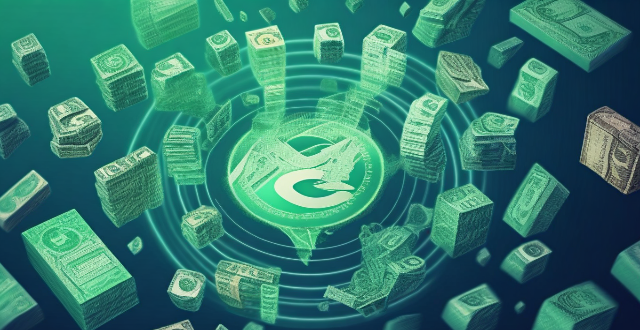
How does DeFi differ from traditional finance ?
DeFi is a financial system based on blockchain technology and smart contracts, while traditional finance relies on intermediaries like banks. Key differences include centralization vs decentralization, accessibility, transparency, security, cost efficiency, and regulation. DeFi offers advantages such as wider accessibility, higher transparency, and lower fees, but also comes with risks. It's important to research and consult professionals before making financial decisions.

What is decentralized finance (DeFi) and how does it work ?
Decentralized finance (DeFi) is a financial system based on blockchain technology that operates without intermediaries like banks. It is transparent, borderless, permissionless, and interoperable. The core components of DeFi are smart contracts, cryptocurrencies, decentralized applications, and blockchain infrastructure. Users can access DeFi platforms through wallets, provide collateral for loans, earn interest by depositing their cryptocurrencies into lending platforms, trade assets peer-to-peer, get insurance against risks associated with smart contracts and cryptocurrency holdings, and have voting rights within the ecosystem. However, DeFi faces challenges such as scalability issues, regulatory uncertainty, security risks, and user experience complexity. Despite these challenges, DeFi has immense potential to democratize finance and provide inclusive solutions.

How can I get started with decentralized finance ?
Topic Summary: The text provides an overview of Decentralized Finance (DeFi) and its benefits, such as transparency, accessibility, efficiency, and innovation. It outlines steps for getting started with DeFi, including self-education on cryptocurrencies and blockchain, setting up a crypto wallet, acquiring cryptocurrency, connecting to a DeFi platform, exploring DeFi services like lending, borrowing, liquidity providing, yield farming, and tokenization, and practicing safe DeFi habits. The text emphasizes the importance of risk management, security, and continuous learning in navigating the evolving world of DeFi.

How do I choose the right brushless motor for my project ?
Choosing the right brushless motor for your project is crucial. Key factors to consider include the purpose of your project, power requirements, speed and torque needs, compatibility with your control system, efficiency and noise level, and researching different brands and models. By considering these factors, you can select the best option for your specific application.

Is decentralized finance regulated by governments or financial institutions ?
The regulation of decentralized finance (DeFi) is a complex issue that involves both government and financial institutions. Governments can regulate DeFi indirectly through tax laws and anti-money laundering/know your customer (AML/KYC) laws, while also taking enforcement actions such as investigations, sanctions, and fines. Financial institutions may engage in self-regulation by establishing industry standards and best practices, building bridges with traditional finance, and offering insurance products tailored for DeFi risks. As the DeFi ecosystem continues to grow, it is likely that both government and financial institution regulation will continue to evolve.
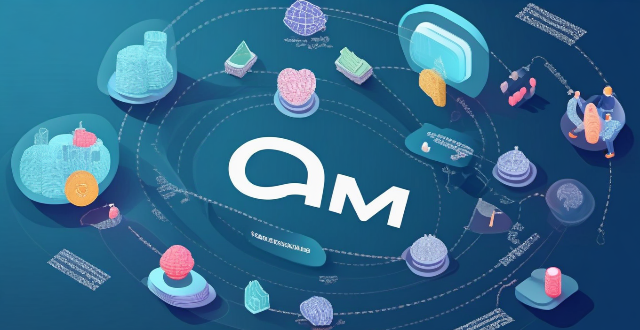
What are the benefits of using decentralized finance ?
Decentralized finance (DeFi) is a sector within the cryptocurrency space that aims to create an open-source, permission-less, and transparent financial service ecosystem using blockchain technology. It offers several benefits over traditional financial systems, including increased accessibility, lower costs, greater transparency, enhanced security, programmable money, improved efficiency, and financial inclusion. By eliminating intermediaries and reducing overhead costs, DeFi makes financial services more affordable and accessible to a wider audience. Its transparent ledger system reduces fraud and increases trust among participants, while its secure blockchain networks protect user funds. DeFi also enables programmable money, allowing for customized financial products and services, and improves efficiency by streamlining transaction processing. Ultimately, DeFi has the potential to revolutionize finance by democratizing access to essential financial services for underbanked populations and bridging the gap between developed and developing countries in terms of financial access.

How secure is decentralized finance compared to traditional finance ?
The text provides a comparative analysis of the security aspects of decentralized finance (DeFi) and traditional finance (TradFi). DeFi relies on blockchain technology for peer-to-peer transactions, while TradFi operates through centralized institutions. Both systems have unique security features and risks, with DeFi offering transparency and automated contract execution but facing smart contract vulnerabilities and lack of regulatory clarity. TradFi benefits from regulatory oversight and physical security measures but is susceptible to systemic risks and cybersecurity threats. The choice between DeFi and TradFi depends on individual preferences and risk tolerance, and it's crucial to stay informed about new developments in the evolving financial landscape.

In what ways can mind mapping help with project management and planning ?
Mind mapping is a valuable tool for project management and planning, offering benefits such as clarifying objectives, enhancing brainstorming sessions, facilitating task breakdown, tracking progress, managing risks, and improving communication. By providing a visual representation of information, mind maps enable clearer understanding and more effective collaboration among team members, ultimately contributing to the success of projects.

What are some popular DeFi platforms ?
Summary: The text provides an overview of popular DeFi (decentralized finance) platforms, including Uniswap, Compound, MakerDAO, Aave, and Curve Finance. Each platform has unique features that enable users to trade, lend, borrow, or earn interest on their crypto assets without intermediaries. These platforms utilize various models such as automated market makers, over-collateralization, flash loans, and innovative algorithms to facilitate transactions and maintain stability in a decentralized environment.
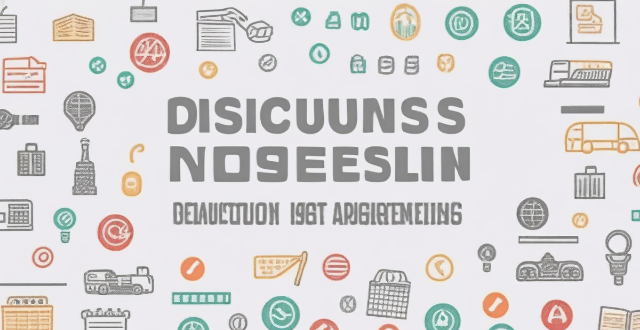
How does poor project management contribute to construction hazards ?
This text discusses the impact of poor project management on construction hazards, including inadequate planning, communication breakdown, ineffective risk management, unrealistic timelines and budgets, and inadequate supervision and training. It emphasizes the importance of effective project management practices for ensuring safety and success in construction projects.

How do I create a budget for a special project at work ?
Creating a budget for a special project at work requires careful planning and consideration of various factors. Here are some steps to help you create an effective budget: 1. Define the project scope, including goals, objectives, and deliverables. 2. Identify all resources needed, such as personnel, equipment, software, and materials. 3. Estimate costs associated with each resource, including direct and indirect costs. 4. Determine funding sources and how much funding is available. 5. Create a timeline with key milestones and deadlines. 6. Assign responsibilities for managing different aspects of the budget. 7. Regularly monitor progress and adjust the budget as needed.
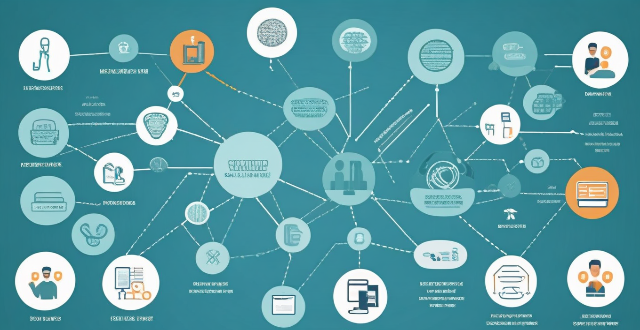
What are the challenges faced during a network expansion project ?
When expanding a network, organizations may face various challenges that can impact the success of the project. These challenges include budget constraints, technical difficulties, security concerns, downtime and disruptions, training and support requirements, integration with existing systems, regulatory compliance, project management issues, change management, and future-proofing considerations. By proactively addressing these challenges, organizations can successfully complete network expansion projects while minimizing disruptions and maximizing the benefits of the expanded network.
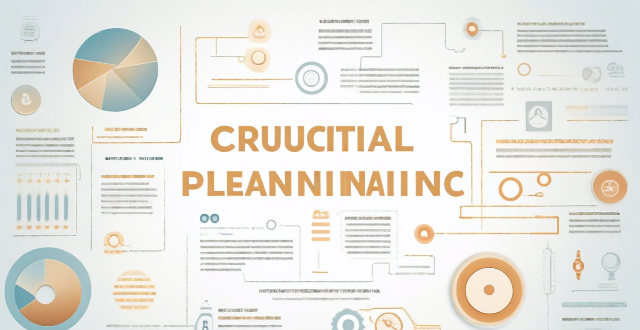
What role does risk management play in project planning and execution ?
Risk management is a crucial aspect of project planning and execution that involves identifying, assessing, and prioritizing potential risks to minimize their impact on the project's objectives, timeline, budget, and quality. The process includes identifying technical, financial, operational, and legal/regulatory risks; assessing their likelihood and potential impact; developing response plans for avoidance, mitigation, transference, or acceptance; monitoring and controlling risks throughout the project lifecycle; and effectively communicating about risks to all stakeholders. By managing risks proactively, projects can navigate uncertainties more effectively, leading to improved outcomes and success rates.

How long does it take to complete a network expansion project ?
Completing a network expansion project involves several stages, including planning and design, procurement, installation and configuration, testing and troubleshooting, and deployment and training. The duration of each stage can vary depending on factors such as project size, resource availability, and team efficiency. A general timeline for completing a network expansion project is 6 months to a year.

What are the key factors to consider when planning an energy-efficient building project ?
The text provides a summary of key factors that should be considered when planning an energy-efficient building project. These factors include site selection and orientation, building design and construction, and energy sources and consumption. The location and orientation of the building on the site can have a significant impact on its energy efficiency, as well as the design and construction of the building itself. Consideration should also be given to the sources of energy used by the building and how that energy is consumed. By considering these key factors during the planning stages of an energy-efficient building project, it is possible to create a building that is comfortable, functional, environmentally responsible, and economically sustainable over its lifetime.
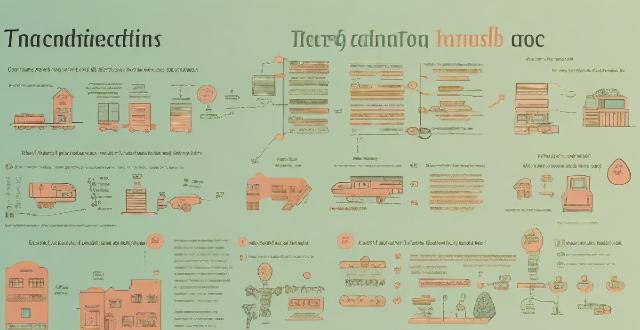
How do project-based learning and problem-solving activities fit into innovative teaching methodologies ?
Innovative teaching methodologies emphasize project-based learning (PBL) and problem-solving activities to engage students, foster critical thinking, and develop practical skills. PBL involves students in complex, meaningful projects that connect classroom learning with real-world scenarios, promoting deeper understanding, skill development, and motivation. Problem-solving activities challenge students to identify issues and find effective solutions, enhancing their critical thinking, decision-making, and resilience. Integrating PBL and problem-solving into innovative teaching involves identifying key concepts, designing relevant projects, incorporating problem-solving elements, providing resources, facilitating collaboration, scaffolding instruction, reflecting and evaluating, and assessing holistic performance. This approach creates a dynamic learning environment that prepares students for future challenges and fosters a love of lifelong learning.
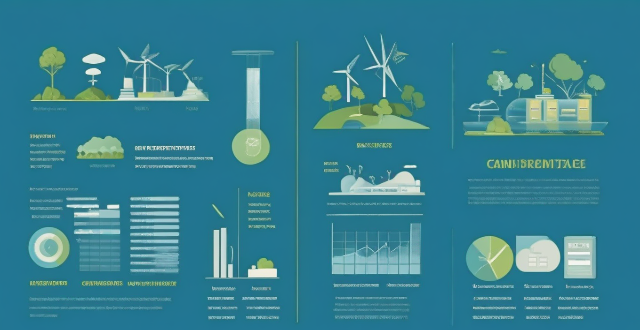
How do I invest in wind energy projects ?
Investing in wind energy projects can be a lucrative opportunity, but requires careful consideration and planning. To ensure success, it is crucial to understand the industry, research potential projects, evaluate their feasibility and financial viability, conduct due diligence, choose a suitable investment strategy, secure financing, form partnerships, negotiate terms, monitor progress, and diversify your portfolio. By following these steps, you can make informed investment decisions and contribute to a sustainable future for generations to come.

How do carbon offset projects get verified ?
The verification process for carbon offset projects involves multiple stages, including project registration, preparation of a Project Design Document (PDD), review and approval by third-party auditors, ongoing Monitoring, Reporting, and Verification (MRV), certification, issuance of credits, continuous improvement, and re-verification. This process ensures the genuineness, effectiveness, and sustainability of these projects in mitigating climate change. Key points to remember include the importance of transparency, independent verification, continuous monitoring, and adaptability.

How do you choose the right AC stepping motor for your project ?
Choosing the right AC stepping motor requires understanding project needs, selecting the appropriate motor type, ensuring compatibility with control systems, considering physical constraints, evaluating performance characteristics, accounting for environmental factors, managing budgetary considerations, relying on supplier support and reputation, and conducting thorough testing.
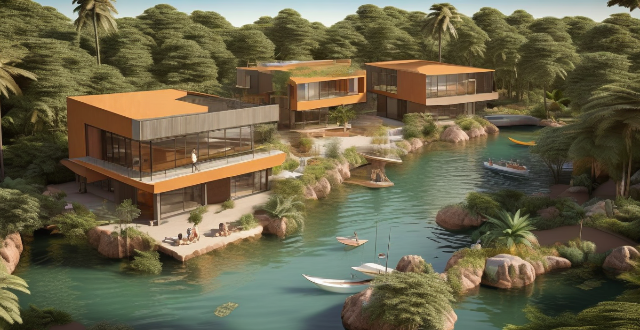
What are the best practices for setting up a women's empowerment project in a rural area ?
Best practices for setting up a women's empowerment project in rural areas include understanding the local context, involving local stakeholders, designing a holistic program, ensuring accessibility and inclusivity, promoting economic opportunities, enhancing health and well-being, building leadership and decision-making skills, and monitoring progress and evaluating impact.

How can I stay focused and motivated when working on long-term projects ?
Working on long-term projects can be challenging, especially when it comes to maintaining focus and motivation. However, with the right strategies and mindset, you can ensure that you stay on track and achieve your goals. In this guide, we will discuss some effective techniques to help you stay focused and motivated throughout your long-term project. Setting clear goals is crucial for staying focused and motivated. Start by defining your vision for the project and breaking it down into specific, measurable objectives using the SMART criteria (Specific, Measurable, Achievable, Relevant, Time-bound). Create a timeline that outlines when you want to achieve each objective and use a calendar or project management tool to track your progress. Maintaining consistency is also important for staying focused and motivated. Establish a daily routine that includes dedicated time for working on your project and stick to it as much as possible. Track your progress regularly and celebrate small milestones along the way to stay motivated and recognize your achievements. Prioritize tasks based on their importance and use tools like to-do lists or task management apps to stay organized and focused. Staying motivated is key to completing a long-term project. Find your why by reflecting on why this project is important to you and what motivates you to see it through to completion. Write down your reasons and refer back to them when you need a boost of motivation. Surround yourself with sources of inspiration, such as books, podcasts, or videos related to your project, and connect with others who share your interests or are working on similar projects. Finally, set up rewards for reaching specific milestones or completing certain tasks to provide an extra incentive to keep pushing forward. By setting clear goals, maintaining consistency, and staying motivated throughout your long-term project, you can increase your chances of success and achieve your desired outcomes. Remember to stay focused on your vision, prioritize tasks, and celebrate your progress along the way. With these strategies in place, you'll be well on your way to completing your long-term project with confidence and dedication.

How can carbon credits be verified and monitored to ensure their legitimacy ?
Carbon credits are a tool used to mitigate the effects of climate change by reducing greenhouse gas emissions. However, ensuring the legitimacy of these credits is crucial for their effectiveness as a tool for combating climate change. This article discusses how carbon credits can be verified and monitored to ensure their legitimacy through independent verification, continuous monitoring, and transparency and public accessibility. Independent verification involves having a third-party organization conduct an audit of the project that generated the credits. Continuous monitoring involves regularly checking the progress of the project over time to ensure that it continues to generate the expected emission reductions. Transparency and public accessibility involve making information about the project and its progress available to the public, allowing anyone to review and verify the legitimacy of the credits. By implementing these measures, we can help ensure that carbon credits remain a valuable resource in our fight against climate change.

What are some examples of successful carbon capture projects ?
This text provides a topic summary of successful carbon capture projects, including the Boundary Dam Power Plant in Saskatchewan, Canada; Petra Nova Carbon Capture Project in Texas, USA; Quest Carbon Capture Project in Alberta, Canada; Schwarze Pumpe Power Plant in Brandenburg, Germany; and Lacq CCS Pilot Project in Aquitaine, France. Each project captures CO2 emissions from industrial processes and uses them for enhanced oil recovery or storage in depleted gas fields, reducing greenhouse gas emissions by up to 90%.
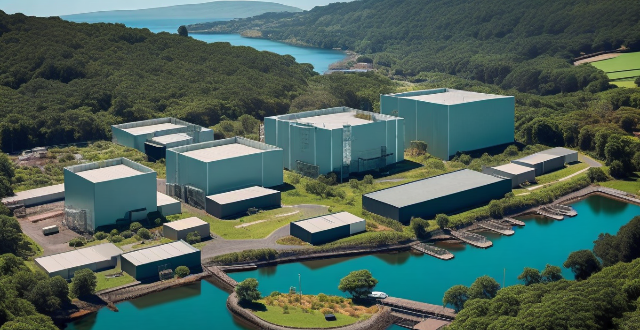
What is the current status of carbon sequestration projects around the world ?
Carbon sequestration projects are aimed at reducing greenhouse gas emissions by capturing and storing carbon dioxide. These projects include geological storage, ocean storage, and terrestrial storage methods. Geological storage involves injecting CO2 into underground formations, while ocean storage involves injecting it into the deep ocean. Terrestrial storage uses vegetation and soil to sequester carbon through reforestation and improved forest management. These projects have been implemented in various countries worldwide, with notable examples including the Petra Nova project in the United States, the Sleipner project in Norway, and the Amazon Forest Conservation Program in Brazil.
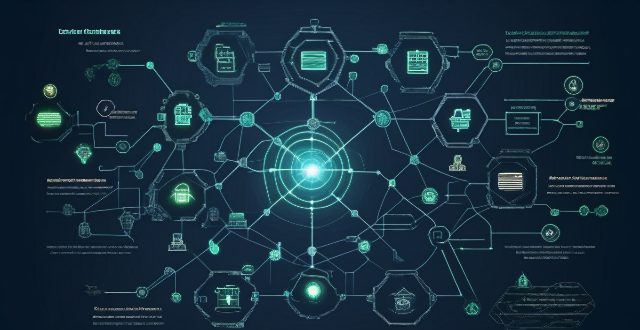
What is the future of blockchain beyond cryptocurrency ?
This article explores the potential applications of blockchain technology beyond cryptocurrency, highlighting key areas such as decentralized finance (DeFi), supply chain management, healthcare, government services, and intellectual property rights management. It emphasizes how blockchain can improve transparency, security, efficiency, and accessibility in these sectors through features like peer-to-peer transactions, smart contracts, tokenization, traceability, interoperability, data privacy, identity management, public records storage, voting systems, proof of ownership, streamlined licensing, and fraud prevention. The article concludes by stating that the future prospects of blockchain technology are vast and promising, offering numerous opportunities for innovation and transformation across various industries.
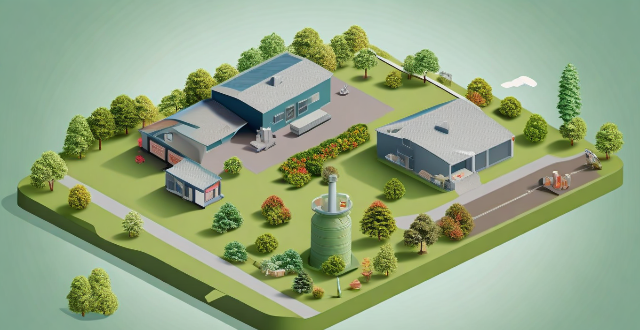
Are there any drawbacks to carbon offsetting ?
Carbon offsetting, a method to reduce one's carbon footprint through investing in projects that aim to reduce or offset greenhouse gas emissions, is not without its drawbacks. These include lack of regulation in the industry, potential issues with additionality (whether the offset project would have happened anyway), permanence (ongoing maintenance and monitoring required for sustained carbon benefits), leakage (emissions reduced in one area but increased in another due to market forces), cost-effectiveness (other methods may provide greater emissions reductions at a lower cost), and ethical considerations (relying on offsets may allow individuals and organizations to continue their high-emission lifestyles without making significant changes).

How does cultural sensitivity affect the implementation and success of women-oriented aid projects ?
Cultural sensitivity is crucial for the success of women-oriented aid projects, which involve understanding and respecting the cultural beliefs and practices of the target community. Implementation strategies include researching the cultural context, avoiding stereotypes, adapting to local customs, building trust with community leaders, collaborating with local women, designing culturally appropriate programs, providing training, monitoring progress, and adjusting strategies as needed. These steps help ensure that aid projects effectively meet the needs of local women and improve their lives.